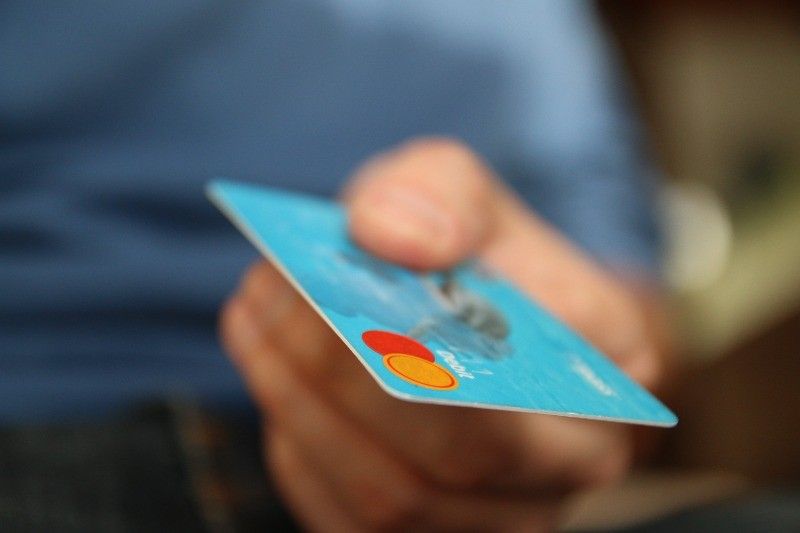Despite historic-low rates, bank lending crashes to worst level in nearly 22 years in April

MANILA, Philippines — Bank lending worsened its slump in April to post its worst contraction in over two decades, a grim reminder of the limits of the central bank’s powers in supporting the country’s pandemic-hit economy.
Excluding lending to each other, outstanding loans of big banks collapsed 5% year-on-year in April, marking the fifth straight month of decline, data from Bangko Sentral ng Pilipinas released Monday showed. That was the worst drop since the 7.2% recorded in June 1999 in the aftermath of the Asian Financial Crisis.
Part of the reason for the worsening downtrend in credit is banks’ growing pile of soured loans that have triggered a tightening of thier credit standards. This is exacerbated by borrowers’ hesitation to incur more debt over fears of being burdened with too much liabilities amid hard times. Already, the local banking industry sees bad debts they hold, as a share of their entire loan portfolio, increasing to “above 5%” this year.
“Bank lending remained weak as measures to contain the resurgence in COVID-19 cases constrained domestic economic activity and continued to dampen market sentiment,” the BSP said.
If anything, consumers are the biggest losers from banks’ reluctance to lend. BSP data showed household loans plummeted 10.2% year-on-year in April, worse than 9.9% annual contraction posted in the preceding month. The decline was “due mainly to the continued drop in credit card and motor vehicle loans.”
Meanwhile, loans extended to companies engaged in various production activities sagged 3.9% on-year last month compared to 3.2% drop in March.
In a broader scale, this is becoming a huge roadblock to a much-criticized government strategy of relying on banks for recovery. The Duterte administration has rejected persistent calls to step on the spending accelerator, banking on lenders instead to provide funds to jumpstart an ailing economy. That has not happened, and the first quarter data on gross domestic product showed the country remains in recession.
BSP had said that its aggressive easing last year, which brought key rates at record-lows, have released over P2 trillion in liquidity to the financial system, but with banks not confident that the worst is over for the economy, cash is only circling back to the central bank which would need to consistently absorb excess funds to keep inflation under control.
The result is slowing money supply growth of 5.1% year-on-year in April, weaker than March’s 8.3-percent expansion. “Going forward, the BSP's key priority is to preserve policy support to facilitate the recovery of the domestic economy,” the BSP said.
“The BSP thus stands prepared to take appropriate measures as necessary to ensure favorable financing conditions in support of domestic economic activity and market sentiment, consistent with its price and financial stability mandates,” it added. — Ian Nicolas Cigaral
- Latest
- Trending































